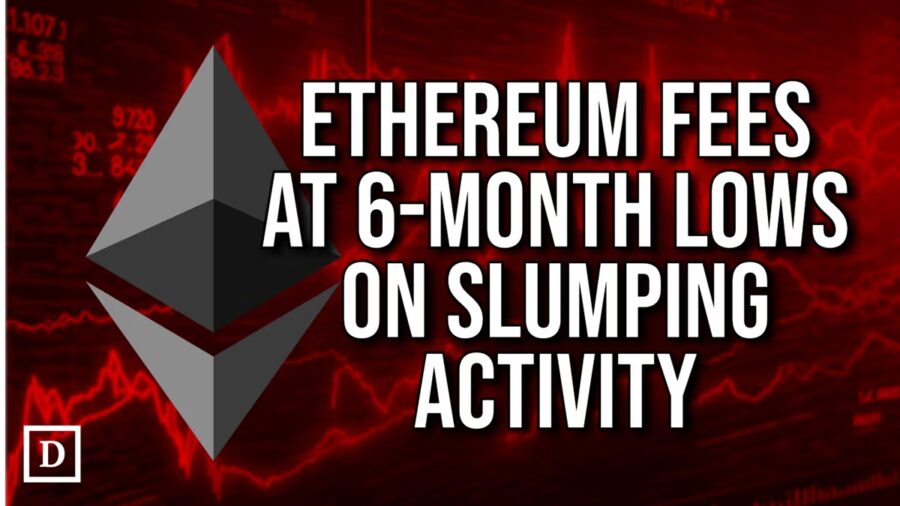Low volatility, higher gas limits and transactions moving to Layer 2s all played a part.
This week, the average Ethereum gas fee dropped to a six-month low, signaling declining activity on the Layer 1 chain.
Ethereum’s average gas fees dropped to $0.41, a level not seen since August, according to on-chain analytics platform Santiment.
Transactions fees are paid to validators to put transactions onto a block on Ethereum, with higher fees getting priority. When transaction fees are low, it means there is less demand to use Ethereum block space, which signals there is less activity happening on the blockchain.
The measure is volatile and fees can rise dramatically from one day to the next, as happened on Feb. 17, when Ethereum’s ETH briefly jumped 6% and average network fees jumped to almost $0.80. Price volatility spurs trading, which in turn spurs on-chain activity and an increase in fees.
“With overall crypto market volatility being subdued lately, the demand for blockspace, specifically DeFi applications, has been lower,” said Drexel Bakker, an analyst at Messari. “Large price fluctuations, such as the 6% move for ETH that was seen on Feb. 17, impact on-chain leveraged positions, which creates an immediate demand to get transactions through.”
Activity on the Ethereum main chain is declining as much of it is going to Ethereum Layer 2s. According to GrowthePie.xyz, Layer 2’s are handling 4.17 times the transaction volume as the Ethereum mainnet
Also pushing fees lower is a recent change in the network. Ethereum validators voted earlier this month to increase the gas limit per block from 30 million to 36 million, increasing the number of transactions that each block can handle, without a hard fork.
That and the low network usage are responsible for the low fees, said Merlin Egalite, co-founder of DeFi lending protocol Morpho.
“While this higher gas limit allows more transactions per block—benefiting builders and users by lowering costs—it mainly improves congestion handling rather than providing a long-term scaling solution,” Egalite said. “Additionally, Ethereum’s activity has declined as more transactions shift to Layer 2 solutions, and retail traders have pivoted to Solana for memecoin trading, further influencing Ethereum’s usage patterns.”
Source: thedefiant.io





